If you have ever observed birds on your property, chances are you have come across a bird’s nest and witnessed the sight of featherless baby birds. It’s common knowledge that these young birds need time for their feathers to develop fully.
But have you ever wondered if a bird can fly without feathers? Does the absence of feathers render a bird completely incapable of flight?
In this article, we will explore the importance of feathers for birds and gain a deeper understanding of how these remarkable structures enable avian flight.
Featherless Birds and Flight
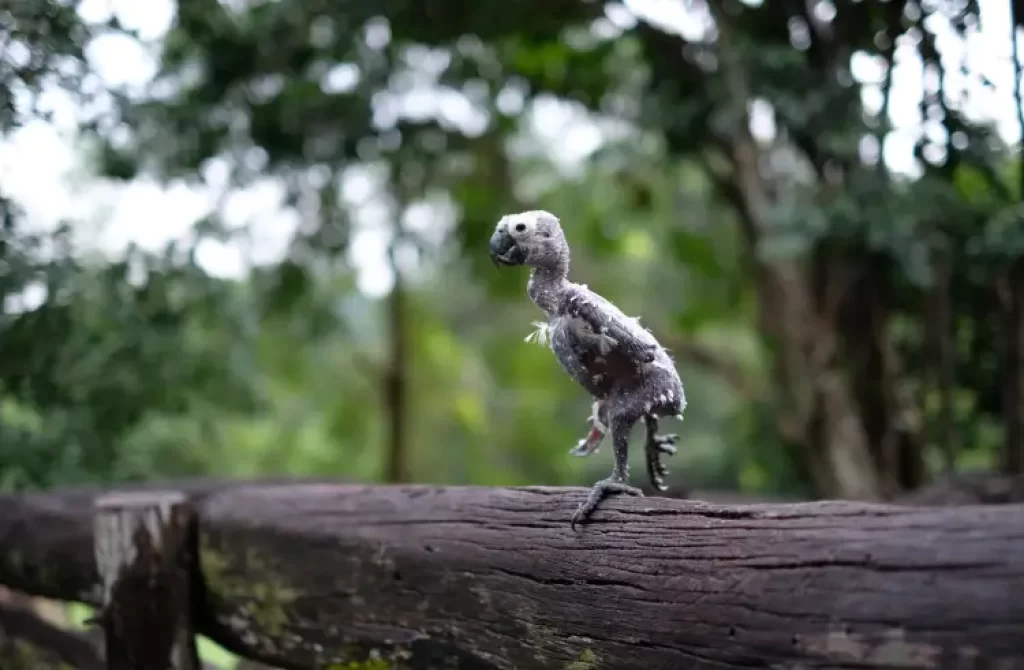
Featherless Hatchlings: A Temporary State of Vulnerability
Featherless hatchlings are a natural occurrence in some bird species. These delicate, naked chicks enter the world without feathers and rely on their parents for warmth, protection, and sustenance.
During this phase, they are incapable of flight as their bodies lack the necessary structures for aerodynamic movement.
However, this featherless state is transient, and as the chicks grow, feathers gradually emerge, unlocking their potential for flight.
Feather Loss in Mature Birds: Implications for Flight
In certain circumstances, mature birds may experience feather loss due to factors such as illness, injury, or abnormal molting. This feather loss can present significant challenges to their flight capabilities. Feathers are not merely decorative adornments but essential tools for flight.
They provide lift, stability, and maneuverability, allowing birds to navigate their surroundings with precision and efficiency. Without a complete set of feathers, birds may struggle to achieve sustained flight or face restrictions in their aerial movements.
Can Featherless Birds Recover?
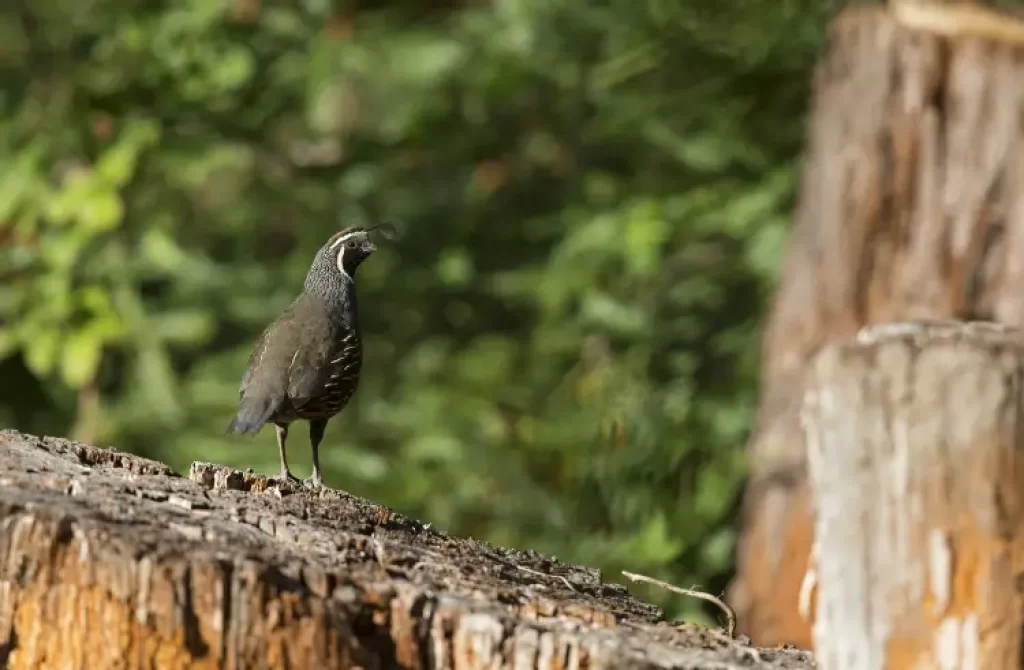
Featherless Hatchlings: A Temporary State of Vulnerability
Featherless hatchlings are a natural occurrence in some bird species. These delicate, naked chicks enter the world without feathers and rely on their parents for warmth, protection, and sustenance.
During this phase, they are incapable of flight as their bodies lack the necessary structures for aerodynamic movement. However, this featherless state is transient, and as the chicks grow, feathers gradually emerge, unlocking their potential for flight.
Feather Loss in Mature Birds: Implications for Flight
In certain circumstances, mature birds may experience feather loss due to factors such as illness, injury, or abnormal molting.
This feather loss can present significant challenges to their flight capabilities. Feathers are not merely decorative adornments but essential tools for flight.
They provide lift, stability, and maneuverability, allowing birds to navigate their surroundings with precision and efficiency. Without a complete set of feathers, birds may struggle to achieve sustained flight or face restrictions in their aerial movements.
Regrowing Feathers
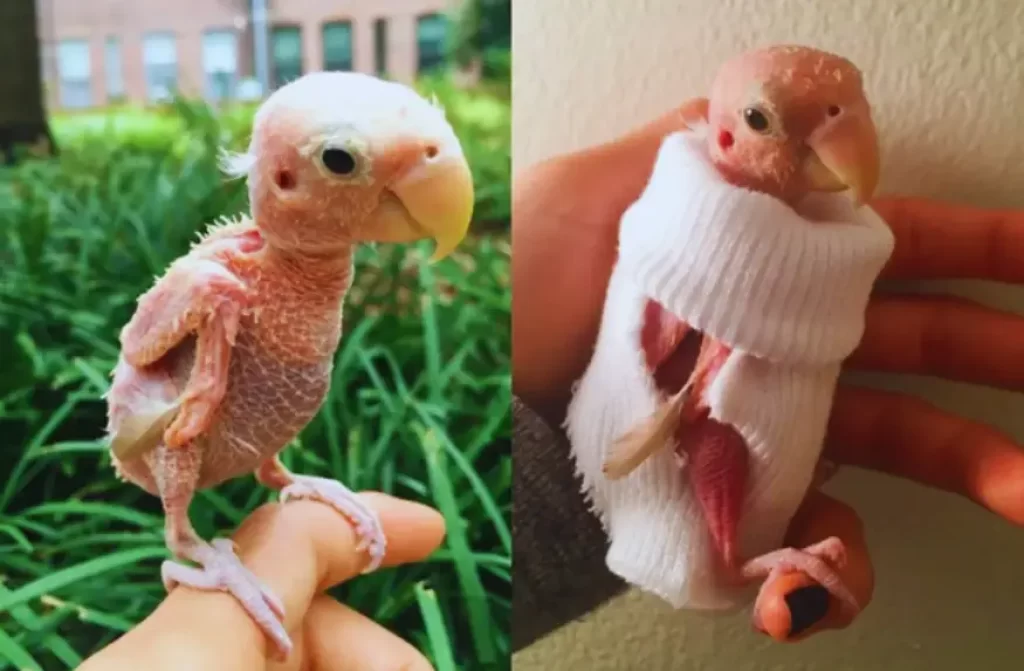
The process of regrowing feathers in featherless birds is a remarkable feat of nature. Feathers develop from specialized structures called feather follicles, which lie beneath the bird’s skin.
As the bird enters the molting phase, these follicles become active, and new feathers start to grow. The growth process is meticulously regulated by hormonal changes and genetic factors.
During molting, old feathers gradually shed, making way for the new ones. The regrowth of feathers is a complex process that requires a sufficient intake of nutrients, especially proteins, which are the building blocks of feathers.
Feeding featherless birds a balanced diet rich in high-quality proteins can facilitate the regrowth process and ensure the development of strong and healthy feathers.
Rehabilitation and Care
Featherless birds in rehabilitation require specialized care to aid in their recovery. Wildlife rehabilitators play a vital role in providing the necessary expertise and resources to assist these birds.
They create an environment that mimics the natural habitat, with appropriate temperature, humidity, and lighting conditions. This helps stimulate the growth of feathers and supports the overall health and well-being of the bird.
In addition to providing a suitable environment, rehabilitators monitor the bird’s progress closely, ensuring that it is receiving proper nutrition and any necessary medical treatments.
They may also implement physical therapy exercises to improve muscle strength and coordination, which are essential for flight. The ultimate goal of rehabilitation is to help the bird regain its ability to fly and survive independently in the wild.
Permanent Feather Loss
While most featherless birds can recover and regrow their feathers, there are rare cases where feather loss is permanent.
Genetic abnormalities, severe injuries, or certain medical conditions can hinder the regrowth process, leaving the bird permanently without feathers. In such cases, these birds may adapt to their condition by modifying their behavior and lifestyle.
Featherless birds may find alternative ways to cope with their inability to fly. They may rely on other means of locomotion, such as hopping, climbing, or swimming, depending on their species and habitat. They may also develop unique social structures or behavioral adaptations to ensure their survival and integrate into their community.
Bats – Flying Without Feathers
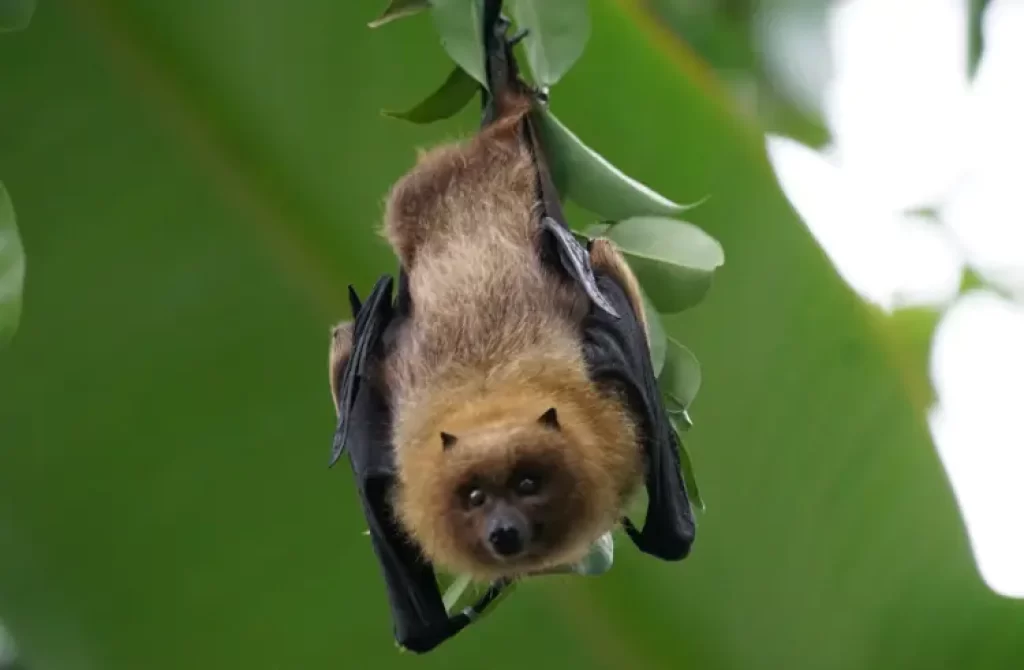
Bats are a fascinating example of creatures capable of flight without relying on feathers. Unlike birds, bats do not possess any feathers yet are still able to fly. The key to understanding this lies in the anatomy of bats and their unique adaptations.
Webbed Wings and Surface Area
In the realm of flight, bats and birds showcase distinct anatomical variations that influence their aerial abilities.
One prominent disparity lies in their wings. Unlike birds, bats possess webbed wings, a remarkable adaptation that grants them enhanced flight capabilities.
Webbed wings offer bats a critical advantage by providing them with an expanded surface area. This enlarged wing surface allows bats to generate the necessary lift to stay airborne and maneuver gracefully through their surroundings.
The webbing between their elongated fingers, known as the patagium, forms a flexible membrane that stretches between the bones and creates a functional wing structure.
The presence of webbed wings distinguishes bats from their feathered counterparts, highlighting a remarkable evolutionary innovation.
This adaptation enables bats to navigate the complex aerial environment with exceptional agility and efficiency, making them masters of the nighttime skies.
By capitalizing on the increased surface area afforded by their webbed wings, bats have unlocked a unique path to flight. This distinctive attribute exemplifies nature’s ingenuity and showcases the remarkable diversity of adaptations found in the animal kingdom.
Alternative Flight Methods
The concept of flight is not limited to a single method or mechanism. Bats demonstrate that there are various ways creatures can achieve flight.
By utilizing webbed wings, bats have found an alternative approach to flying, distinct from the feather-based flight of birds. This highlights the diversity and adaptability of nature’s solutions for aerial mobility.
Flying Lizards and Other Examples
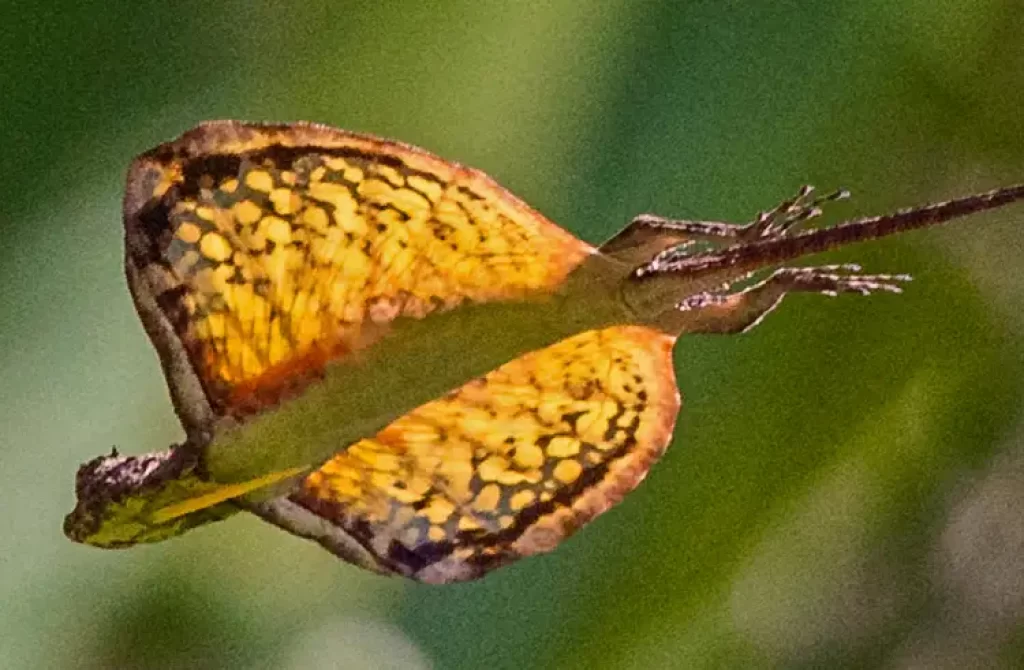
When we think of creatures capable of flight, bats often take center stage with their webbed wings. However, it’s important to recognize that bats are not alone in utilizing this remarkable adaptation.
In the realm of aerial mobility, there exist certain types of flying lizards that have also harnessed the power of webbed wings to soar through the skies.
The diversity of animals employing different flight methods is a testament to the ingenuity of evolution and the wonders of our natural world.
Imagine witnessing a flying lizard gracefully gliding through the air, its slender body supported by an intricate network of webbing between its limbs.
These unique adaptations provide these lizards with an alternative avenue for flight, distinct from the mechanisms employed by birds and bats. By exploring the world of flying lizards, we gain further insight into the vast array of solutions nature has devised for the pursuit of flight.
Ancient Flyers – Pterodactyls and Pterosaurs
Even in prehistoric times, there were creatures capable of flight that did not rely on feathers. The pterodactyl, a well-known dinosaur brought to life in numerous movies, provides a notable example.
Scientists have extensively studied pterodactyl fossils to gain insights into their flight capabilities. Additionally, pterosaurs, another group of prehistoric flying creatures, also flew without feathers.
As these ancient creatures have been extinct for millions of years, ongoing scientific research and educated hypotheses contribute to our understanding of their unique flight mechanisms.
Yes, Birds can recover their feathers
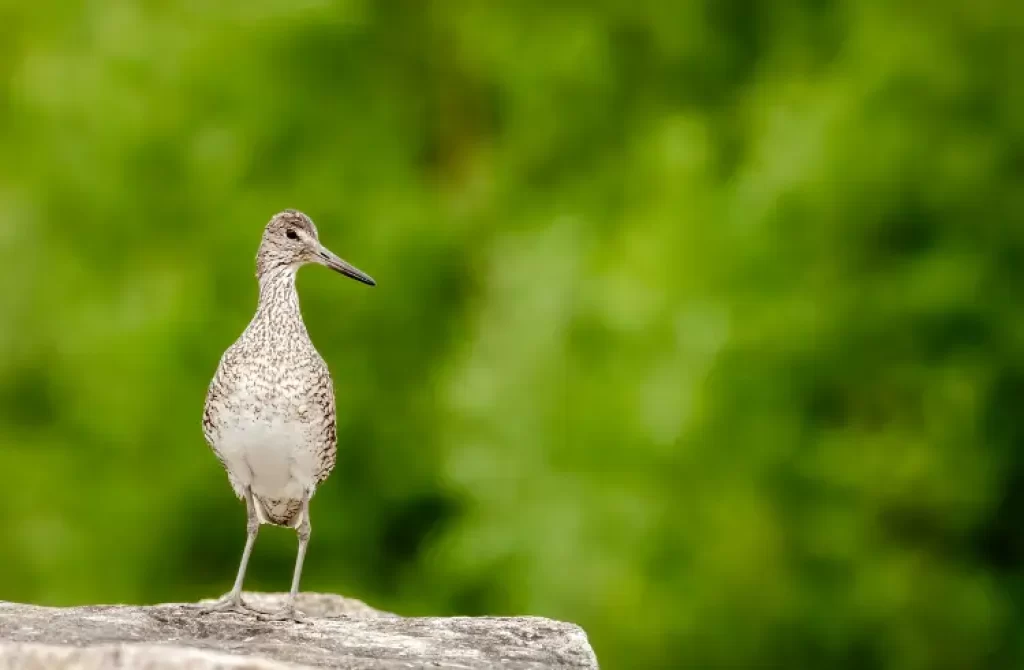
If you find yourself concerned about a bird in your yard that has lost its feathers, it’s natural to wonder if the bird can still fly. Similarly, you may come across baby birds that appear abandoned and worry about their chances of survival without the ability to fly.
Understanding the regrowth process of feathers can provide reassurance and insights into the resilience of our avian friends.
When it comes to birds, the ability to regrow feathers is an inherent part of their remarkable adaptability. Feathers play a vital role in a bird’s flight, insulation, and protection, so the loss of feathers can be a cause for concern. However, it’s important to note that birds have a unique capacity to regenerate their feathers over time.
If an adult bird loses feathers due to an accident or an encounter that results in feather damage, there is typically no need for excessive worry.
Given the right conditions, the bird will naturally recover and begin the process of regrowing its feathers. This regrowth occurs through a complex biological mechanism that involves the development of new feather follicles and the gradual growth of new feathers to replace the lost ones.
In some cases, caring individuals have taken injured birds under their wing, providing them with the necessary care and attention to aid in the healing process.
Through proper care, nutrition, and a suitable environment, birds can often make a full recovery, including the successful regrowth of their feathers. This restoration allows them to regain their flight capabilities and return to their normal lives.





